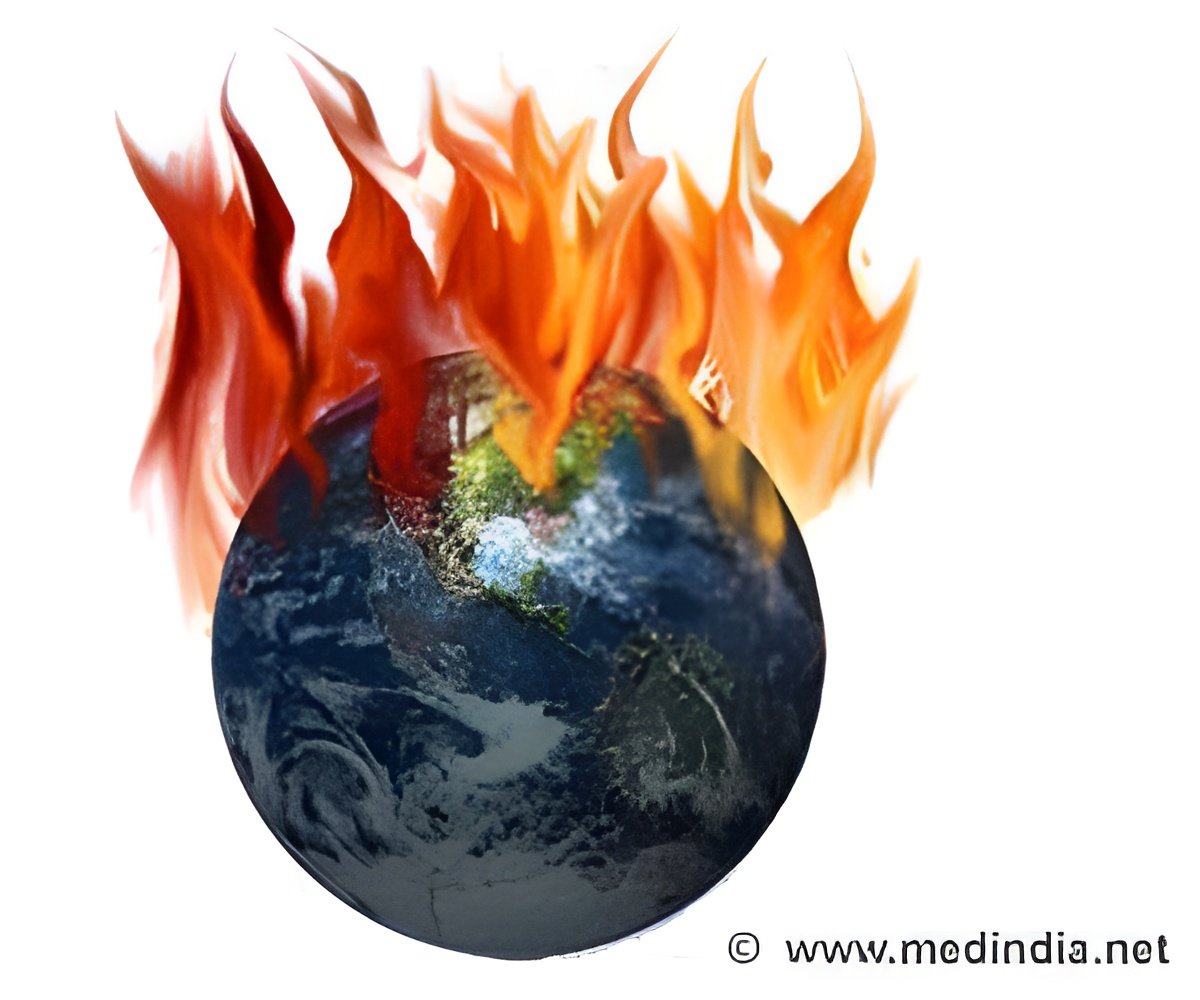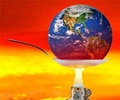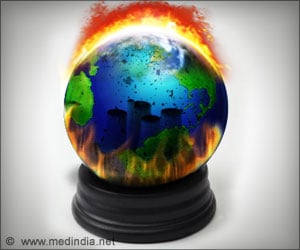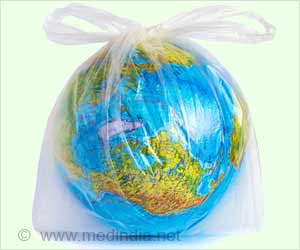
‘The sea ice cover of the Arctic ocean and surrounding seas helps regulate the planet's temperature, influences the circulation of the atmosphere and ocean, and impacts Arctic communities and ecosystems.’
Tweet it Now
"The record makes it clear that the ice is not rebounding to where it used to be, even in the midst of the winter," said Claire Parkinson, main author of the study and a senior climate scientist at NASA's Goddard Space Flight Center in Greenbelt, Maryland The lowest sea ice extent recorded was on September 17, 2012, when it fell to just 3.39 million square kilometres, CNN reported.
Arctic sea ice shrinks every year during the spring and summer until it reaches its minimum yearly extent.
Sea ice regrows during the frigid fall and winter months, when the sun is below the horizon in the Arctic.
This summer, the melt of Arctic sea ice surprised scientists by changing pace several times.
Advertisement
But in June and July, low atmospheric pressures and cloudy skies slowed down the melt.
Advertisement
"It's pretty remarkable that this year's sea ice minimum extent ended up the second lowest, after how the melt progressed in June and July," Walt Meier, a sea ice scientist with NASA's Goddard Space Flight Center said.
Source-IANS








